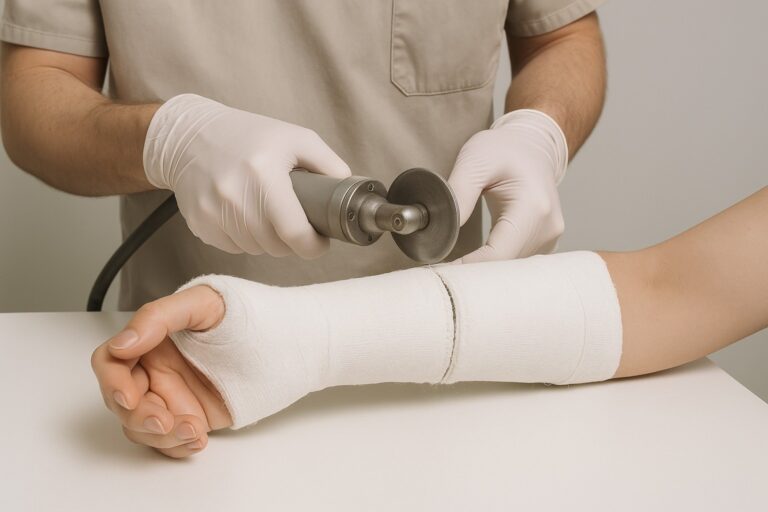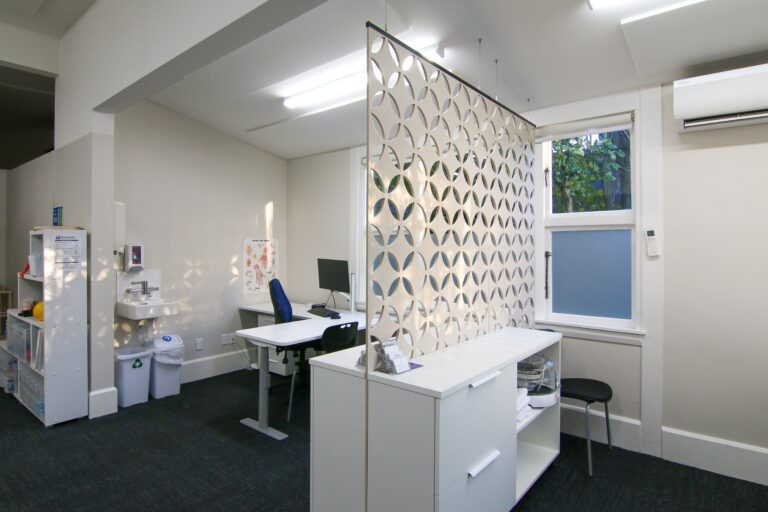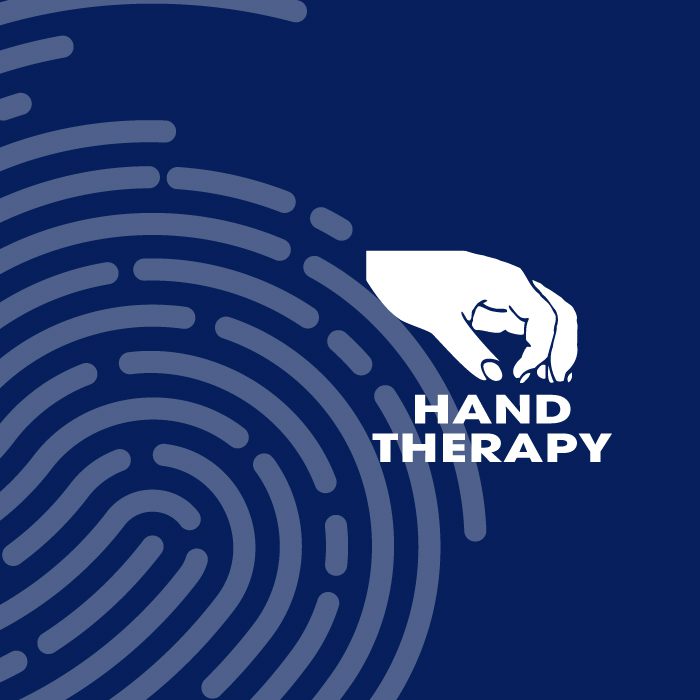Injuries to the fingertips are common. They can occur when a fingertip slams in a car door, is damaged while chopping vegetables or injured when clearing debris from a lawnmower. In the paediatric population fingertip injuries account for two thirds of all hand injuries with the most common mechanism of injury being a crush between a door and its frame.
In contrast, the adult population predominantly suffer lacerations to fingertips followed by crush injuries. The most commonly involved digits are the index finger, thumb and middle finger. The non-dominant hand is most frequently involved and most injuries involve a single digit.
Injury can cause damage to skin, soft tissue, bone and/or the nail and nail bed. Fingertips are rich with nerves and are extremely sensitive and without prompt and proper care a fingertip injury can result in permanent deformity and disability.
Treatment
The goal of treatment is to have a pain-free fingertip that is covered by healthy skin. The finger and hand should be able to feel, pinch and grip and should be able to perform normal hand functions.
The doctor/surgeon will also try to ensure that both the length and appearance of the finger is preserved.
How a doctor will treat a fingertip injury/amputation depends on the angle of the cut and the extent of the injury.
Injury without exposed bone
Minor tissue injury. If the fingertip wound is small and not deep enough to expose bone, it may close on its own. A protective dressing is placed over the wound and changed regularly. A splint may be required to protect the area while it heals. After 48 hours, range-of-motion finger exercises may be started. Wound healing usually takes 3 to 5 weeks.
Larger tissue injury. If the wound to the fingertip is large and open, there may not be enough remaining skin to heal and cover the open area. In these cases surgery is often required to ensure healing can proceed. During surgery a skin graft is taken from another site, such as the palm of the hand, and used to cover the injury.
Injury with exposed bone
If the injury is large and also exposes bone, there may not be adequate tissue around the wound to stitch the wound closed. In some instances the bone may need to be shortened so that the wound can be stitched closed. Shortening the bone usually does not affect the ability to use the hand.
Outcome
In many cases, surgery can return a large degree of feeling and function to a fingertip injury. Full recovery from a fingertip injury may take several months. After the injury heals, mild to severe pain and sensitivity to cold may continue for a year or may even be permanent.
Hand therapy will help to improve movement and strength in the hand. Desensitisation, heat, massage, splinting, and special wrappings to control swelling are examples of additional therapies your hand therapist may suggest to promote healing and function.





